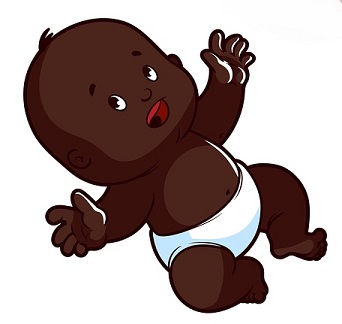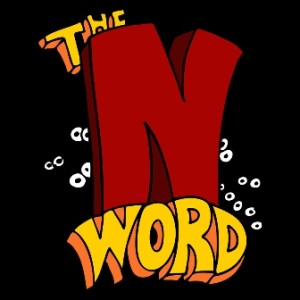Recently, as a friend and I were walking home from the neighborhood fitness center we encountered a casually dressed white man who looked to be about 30-something. He was pushing a trendy baby stroller. Riding in it was a cute, rosy-cheeked, infant with wispy tufts of blond hair. We exchanged polite greetings as we passed each other, and I waved at the infant who was sucking on her balled-up fist and curiously observing the sights around her.
“Wow,” I said after we were out of the man’s hearing range.
“What? Wow what?” my friend asked while looking around to see what might have caught my attention.
“I know this will sound crazy,” I say to her. “But I don’t see that much anymore.”
“See what?” she asked.
“A white person with a white child.”
To answer the question that you, dear reader, are probably asking yourself: Did she say that? Yes, she did. And I am as serious as a defendant pleading a case before Judge Judy.
Decades ago, during my youth, whenever I happened to see a white family, all of them were white. They looked like white families did on the fifties and sixties TV programs like Leave It to Beaver, Father Knows Best, and The Brady Bunch. Now, transracial adoption is changing the complexion of families in America. Except for a controversial Cheerios commercial and a few other contemporary TV ads, the situation is much more evident in real life than it is on the boob tube.
It is no longer uncommon to see white people in the supermarket, at social gatherings or strolling the street with their rainbow crew or shades of brown-skinned children.




